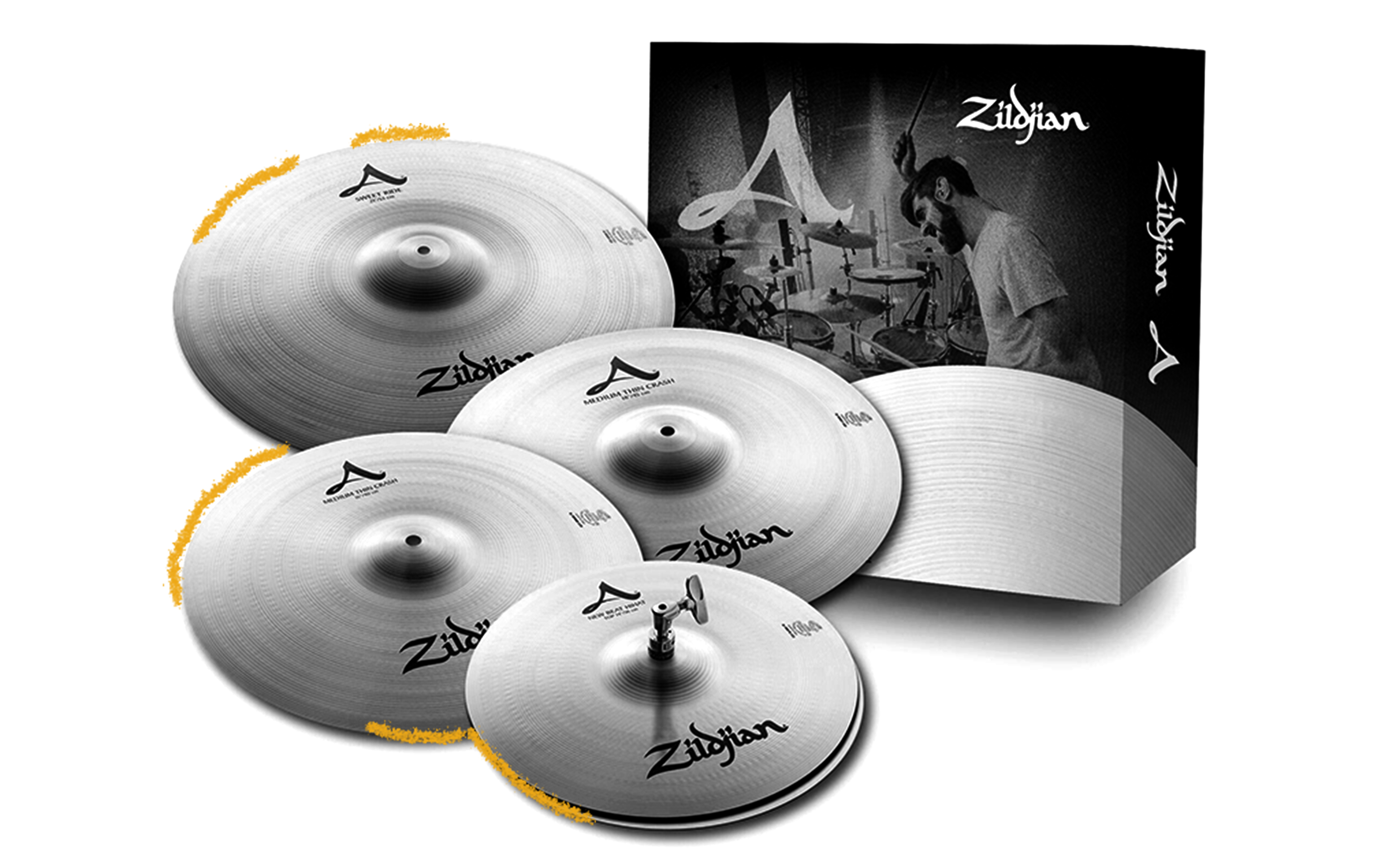Zildjian cymbals can be traced all the way back to the Ottoman Empire circa 1618, when Sultan Osman II commissioned a man named Avedis as an alchemist. In his attempts to create gold from common metals, Avedis discovered a musically expressive alloy and used it to create cymbals. The title Zildjian (“cymbal smith”) was granted to Avedis in 1623 and he passed his knowledge down to future generations. In the 1920s, Avedis Zildjian III and his brother Puzant opened the first American Zildjian factory in Quincy, Massachusetts and sought out Jazz players to help popularize the Zildjian name in the burgeoning musical style. (Keep in mind, at the time, even the drum kit was a relative newcomer.) Jazz legend Gene Krupa helped develop thinner, larger, and flatter Zildjian cymbals with more pronounced bells, while jazz and bebop drummers like Chick Webb and Papa Jo Jones helped drive the creation of the “hi-hat,” “crash,” “splash,” and “ride” cymbals. In 1963, A (Avedis) Zildjian New Beat Hi-hats were introduced and sales soared. But perhaps the biggest moment of all came in 1964, when The Beatles used Zildjian cymbals on The Ed Sullivan Show. Since then, Zildjian cymbals have dominated the rock market, with many famous drummers, including Keith Moon, Charlie Watts, Dave Grohl, and Travis Barker all playing them. Following their massive midcentury success, Zildjian has continued to innovate with various models, including the K Zildjian series in 1981, the A Customs of 1990, and the K Customs of 1995. Today, Zildjian cymbals remain an oft-spotted instrument at many musical performances and the company, now run by Armand’s daughters Craigie and Debbie and his granddaughter Cady, continues to release new and improved cymbals for musicians to play.

Your go-to guide for weird history facts
Subscribe to the FREE daily email that makes learning about history fun.


